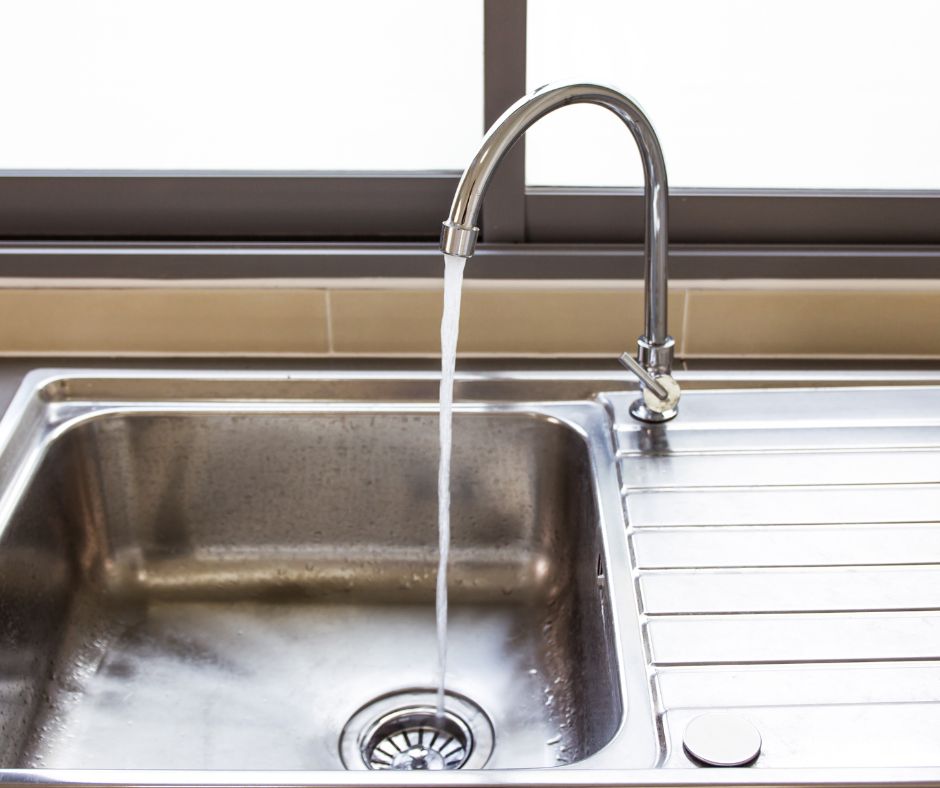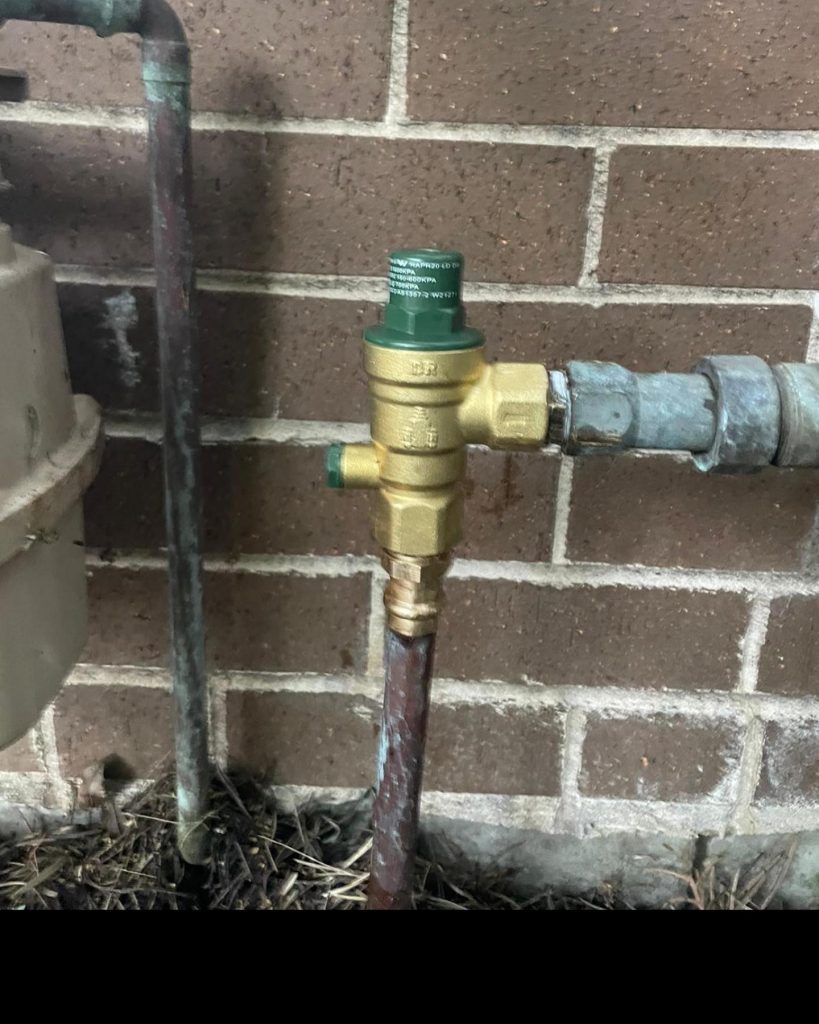Experiencing low water pressure can significantly disrupt your daily routines, making essential tasks such as showering, washing dishes, and cleaning both frustrating and challenging. Fortunately, most water pressure issues can be diagnosed and effectively addressed with the right strategies and knowledge. In this extensive guide, you will uncover valuable techniques to identify and resolve common water pressure problems in your home. This resource is provided by Plumbmaster Plumbing, the leading provider of top-notch plumbing services in Sydney’s Hills District, ensuring you get back to your routine as quickly as possible.

Identify and Understand the Most Common Causes of Low Water Pressure
To effectively tackle low water pressure issues, it’s essential to understand the potential causes behind them. Below are some of the most frequent culprits you may encounter in your plumbing system:
1. Partially Closed Valves
One of the primary reasons for experiencing low water pressure is valves that are not fully opened. It’s crucial to inspect both your main shut-off valve and any additional shut-off valves located throughout your home. Typically, the main shut-off valve can be found near the water meter or on the street side and should be completely open to ensure optimal water pressure. Even a slight closure can create significant restrictions in water flow, leading to the frustrating low pressure you experience at your taps.
2. Clogged Pipes
Over time, pipes can become obstructed due to the buildup of minerals and sediment, which is particularly common in homes with hard water. This accumulation reduces the effective diameter of the pipes, leading to a noticeable slowdown in water flow. If you notice that the water pressure starts strong but diminishes quickly, it may indicate pipe clogging. Regular maintenance and cleaning of your plumbing system are essential to prevent this issue and ensure smooth and efficient water flow throughout your home.
3. Corroded Pipes
In older homes, the presence of galvanized steel or iron pipes makes them particularly susceptible to corrosion, which can severely restrict water flow and lead to various pressure-related complications. Corroded pipes not only diminish overall water pressure but may also result in additional issues such as leaks, discolored water, and unpleasant tastes. Proactively addressing corroded pipes is crucial to maintaining a healthy plumbing system, ensuring the delivery of clean, safe water to your home, and preventing costly repairs down the line.
4. Leaks in the System
Leaks represent another common cause of low water pressure, as water can escape through small holes or cracks in the plumbing system, preventing it from reaching your faucets effectively. Signs of a leak may include damp spots on walls or floors, unexpected puddles forming in your home, or a sudden surge in your water bill. Conducting regular inspections is vital for swiftly detecting and repairing leaks, which helps to maintain consistent water pressure and prevent further damage to your plumbing infrastructure.
5. Issues with the Water Supplier
At times, low water pressure problems may not stem from your plumbing system but instead arise from the water supply service in your area. Temporary repairs or maintenance work conducted by your local water supplier can lead to fluctuations in water pressure. If you suspect that this may be the case, it is beneficial to reach out to your water supplier to inquire about any ongoing maintenance work that could be affecting water flow to your home. Understanding the source of the issue can save you time and frustration.

Follow This Comprehensive Step-by-Step Approach to Resolve Water Pressure Problems
Once you have identified the potential causes of your water pressure issues, you can take practical steps to implement effective solutions that restore your home’s plumbing functionality.
1. Open All Valves Completely
Start by confirming that all shut-off valves are fully opened. Even minor closures can lead to significant restrictions in water flow. Carefully check the main water valve, as well as any secondary valves located throughout your home, to ensure they are all positioned to allow maximum water flow. This simple step can often resolve low water pressure issues quickly and efficiently, restoring your access to essential water services.
2. Clean Aerators and Showerheads Regularly
Aerators on faucets and showerheads are prone to clogging due to sediment and mineral deposits. To effectively address this issue, unscrew these components, soak them in vinegar for several hours, and then scrub them with a brush to eliminate any buildup. This straightforward yet effective cleaning method can significantly enhance water flow and improve overall water pressure in your home, ensuring a more enjoyable and efficient water usage experience.
3. Flush Your Hot Water System for Enhanced Efficiency
Sediment accumulation in your water heater can drastically reduce hot water pressure. Regularly flushing the tank and heater can greatly improve water flow efficiency and prolong the life of your equipment. To perform this maintenance task, turn off the heater, attach a hose to the drain valve, and flush out the tank until the water runs clear. This maintenance step is vital for optimal performance and longevity of your hot water system, ensuring that you always have access to hot water when you need it.
4. Check for Hidden Leaks
To uncover hidden leaks, turn off all water-using appliances and take note of the reading on your water meter. After waiting for a few hours without using any water, check the meter again. If you observe any changes in the reading, it indicates a leak that requires immediate attention. It is advisable to contact professionals for assistance, as hidden leaks can lead to significant water damage and increased bills over time. Plumbmaster Plumbing is ready to assist you with efficient leak detection and expert repair services.
5. Replace or Repair Corroded and Damaged Pipes
If your pipes exhibit severe corrosion or mineral buildup, it may be necessary to replace the affected sections. Newer materials, such as copper or PVC, are far more resistant to corrosion and buildup, ensuring improved longevity and performance of your plumbing system. Investing in high-quality materials and expert installation is crucial for maintaining the integrity of your plumbing system. Plumbmaster Plumbing specializes in expert pipe replacement and relining services that enhance your plumbing’s efficiency and boost water pressure significantly.
6. Consider Installing a Pressure Booster Pump
Installing a pressure booster pump can be an effective long-term solution for homes experiencing consistently low water pressure due to geographic factors or specific plumbing configurations. This powerful device increases the flow of water entering your home, ensuring you enjoy stable and adequate water pressure throughout your plumbing system. It’s an excellent investment for homeowners seeking reliable water supply, particularly in areas prone to low pressure.
Recognize When to Seek Assistance from a Professional Plumber
While many water pressure issues can be addressed through straightforward DIY solutions, there are instances where the expertise of a professional plumber is necessary. Persistent low pressure, severe corrosion, or significant damage to your pipes are complex challenges that require the skills and knowledge of experienced professionals. At Plumbmaster Plumbing, our skilled team utilizes advanced diagnostic tools to accurately pinpoint water pressure problems and deliver reliable solutions, ranging from efficient leak detection to comprehensive pipe replacement services.
Implement Proactive Strategies to Prevent Future Water Pressure Problems
Maintaining your plumbing system is essential for preventing potential water pressure issues in the future. Here are several effective preventative measures to consider:
- Schedule Regular Plumbing Inspections
Conducting regular plumbing inspections can help identify minor issues before they develop into major problems. Plumbmaster Plumbing offers thorough inspections designed to ensure your plumbing system remains in excellent working order, helping you avoid unexpected breakdowns and costly repairs. - Invest in a Water Softener for Hard Water Areas
If you reside in an area with hard water, installing a water softener can significantly minimize mineral buildup in your pipes, thereby preserving consistent water pressure over time. This investment can improve the overall lifespan of your plumbing system and enhance water quality. - Flush Your Water Heater Annually for Optimal Performance
Regularly flushing your water heater will prevent sediment accumulation, ensure a steady flow of hot water, and maintain overall efficiency. This straightforward maintenance task can help you avoid costly repairs and extend the life of your water heater.
Trust Plumbmaster Plumbing for Comprehensive Water Pressure Solutions
Dealing with low water pressure can be frustrating, but it doesn’t have to remain a long-term issue. There are numerous strategies available to restore your home’s water flow, from cleaning aerators to replacing corroded pipes. If you find that DIY methods fall short, you can trust Plumbmaster Plumbing for fast and effective solutions tailored to your unique needs. Serving the Hills District, our dedicated team is prepared to help restore your water pressure and ensure your plumbing system functions seamlessly.
Contact Plumbmaster Plumbing today to receive professional assistance with your water pressure challenges!
The Article: Fix Water Pressure Issues at Home: Expert Tips from Plumbmaster first appeared on https://writebuff.com.
The Article Water Pressure Issues at Home: Expert Solutions from Plumbmaster Was Found On https://limitsofstrategy.com





Comments are closed